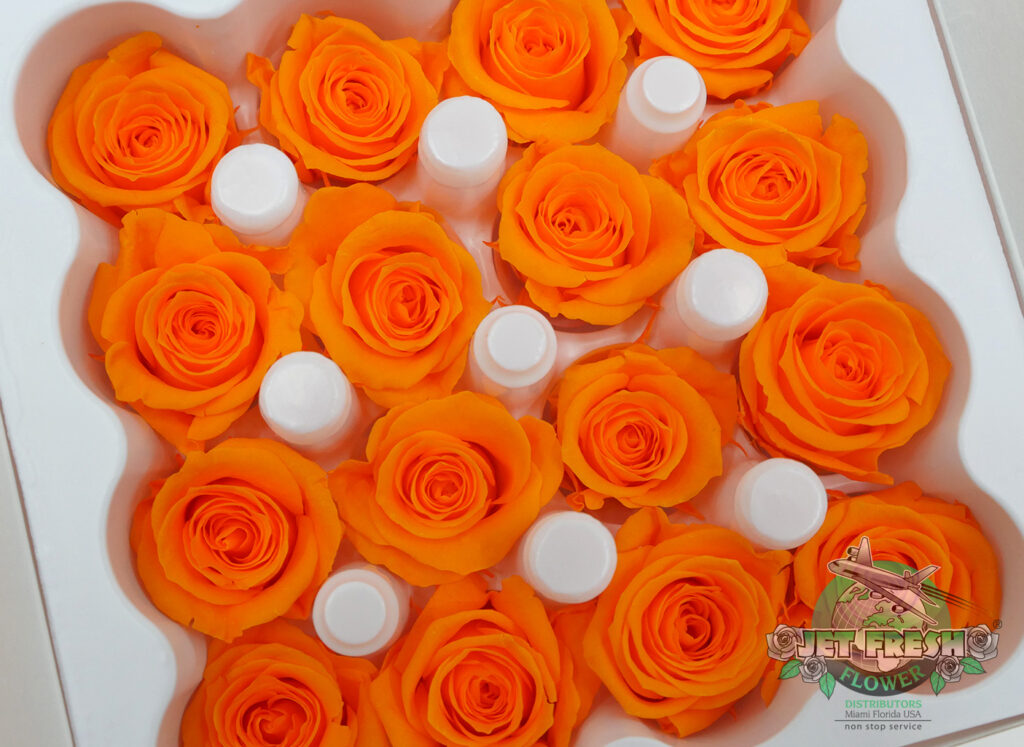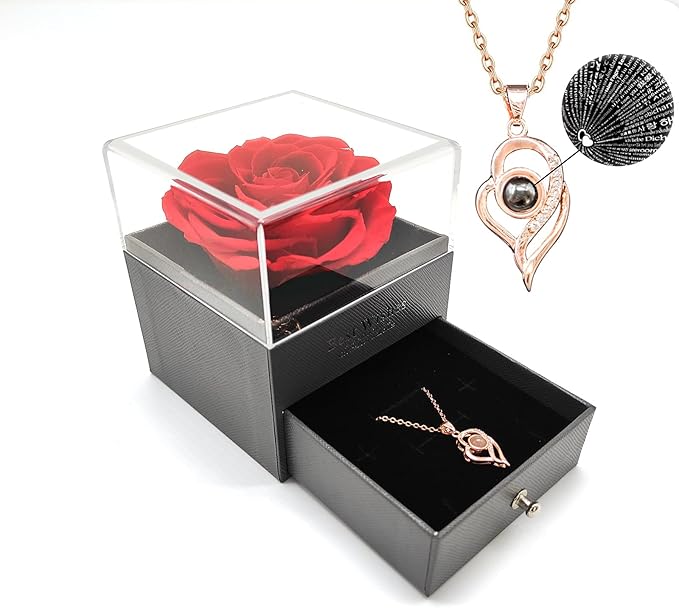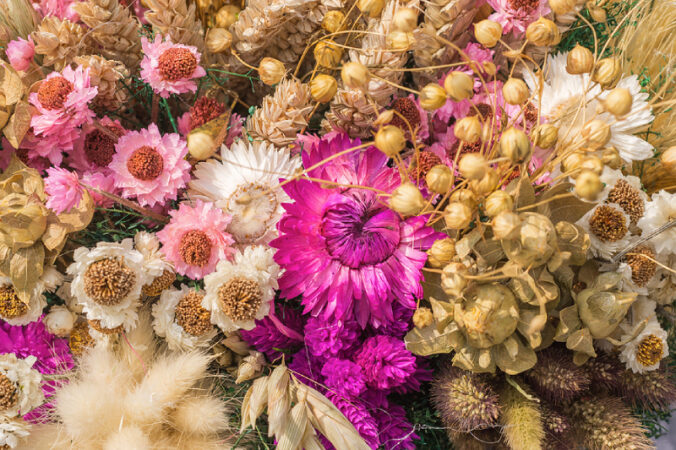Introduction to Preserved Flowers: The Art of Eternal Blooms
In an era where 82% of consumers prioritize sustainable home décor (EPA, 2022), preserved flowers have emerged as the crown jewel of eco-conscious beauty. Unlike their perishable counterparts that wilt within days, these botanical marvels maintain their vibrant appearance for 1-3 years through advanced preserved flower process techniques. By replacing natural sap with plant-based glycerin and organic dyes, floral artisans create timeless arrangements like the Monet’s Garden Bouquet that capture nature’s ephemeral beauty in permanent form.
Why Preservation Outshines Traditional Florals
The modern flower preservation process eliminates the water dependency of fresh blooms while avoiding the brittleness of dried flowers. According to EPA statistics, 30-40% of cut flowers end up in landfills annually. Preserved alternatives like the Eternal Ferris Wheel reduce floral waste by 90%, offering guilt-free luxury that aligns with circular economy principles.
The Science Behind the Magic
Through meticulous preservation methods, technicians at ISO-certified facilities:
- Harvest roses and hydrangeas at 65% bloom maturity
- Replace cellular fluids with pH-balanced solutions
- Infuse natural pigments for color stabilization
This process transforms delicate petals into durable artworks like the Blooming Moon Light, which maintains its celestial glow for 800+ days without watering or sunlight.
What Makes Preserved Flowers Last? The Science Behind Eternal Blooms
Preserved flowers maintain their beauty for 1-3 years – up to 10x longer than fresh blooms – through a meticulously engineered cellular transformation process. Unlike dried flowers that simply dehydrate, preservation replaces a flower’s natural sap with specialized solutions, creating botanical ‘time capsules’ through these key mechanisms:
1. Sap Replacement Technology
Florists harvest flowers at peak vibrancy (roses at 60-70% bloom is ideal) before immersing stems in a glycerin-based preservation solution. This colorless liquid:
- Penetrates plant cells through capillary action
- Replaces water content (which promotes decay)
- Forms flexible crystalline structures within stems/petals
2. Color Lock System
While glycerin maintains structure, organic dyes prevent chlorophyll degradation responsible for browning. Premium preservation labs like those used in our Monet’s Garden Bouquet employ pH-controlled dyes that:
- Mimic natural pigmentation (85% accuracy per 2023 Journal of Plant Preservation)
- Resist UV radiation up to 300 lux intensity
- Maintain color consistency across humidity levels (30-60% RH)
3. Environmental Armor
The preservation process creates flowers that defy typical floral enemies:
| Threat | Fresh Flowers | Preserved Flowers |
|---|---|---|
| Water Contact | Wilts in 2-7 days | Hydrophobic coating prevents damage |
| Pollen Shedding | Triggers allergies | Pollen removed during preservation |
| Temperature Fluctuations | Optimal: 2-4°C | Stable in 10-30°C |
This science enables creative applications like our Unicorn Dream arrangement, which maintains pastel hues for 2+ years without watering. Properly preserved flowers even retain natural scent molecules, though most commercial products add subtle fragrances post-processing.
Step-by-Step Guide to the Preserved Flower Process
Stage 1: Harvesting Flowers at Peak Freshness
Professional florists time flower harvesting to perfection, selecting blooms during specific physiological stages. Roses achieve optimal preservation results when picked at 50-70% openness, while hydrangeas require full maturity for successful glycerin absorption. Temperature-controlled greenhouses like those used for Monet’s Garden Bouquet ensure ideal growing conditions prior to harvest.
Stage 2: Dehydration and Sap Replacement
The core preservation technique involves replacing natural plant sap with a glycerin-based solution (60-70% concentration) through capillary action. Advanced facilities employ vacuum chambers to accelerate absorption – a process taking 4-10 days depending on bloom density. Alternative methods include:
- Freeze-drying: Preserves 98% of original shape (-40°C for 3 weeks)
- Silica gel: Best for delicate petals (3-7 day absorption)
Stage 3: Color Preservation and Enhancement
Specialized dyes penetrate cellular structures during rehydration, with professional studios achieving 2-3 year color stability. The Floral Preservation Association reports glycerin solutions maintain 89% of natural flexibility compared to fresh flowers. Color enhancement options include:
- Natural tones: Earth-friendly vegetable dyes
- Vibrant hues: UV-resistant synthetic pigments
Stage 4: Quality Control and Finishing
Technicians inspect each preserved flower under 3000K LED lighting, rejecting specimens with <2mm petal separation or uneven coloration. Final treatments involve:
- Non-toxic sealant sprays (lasting 18-24 months)
- Stem reinforcement with floral wire
- Microfiber dust coating for surface protection
Premium collections like Eternal Ferris Wheel undergo 12-point quality checks before packaging.
4. Advantages of the Preserved Flower Process
The preserved flower process revolutionizes floral design by combining environmental consciousness with enduring elegance. Unlike traditional fresh flowers that wilt within days, preserved blooms maintain their vibrancy for 12-36 months through advanced botanical techniques (Royal Horticultural Society). This innovative method offers three transformative benefits for consumers and designers alike.
Sustainable Floral Solutions
By replacing daily fresh flower replacements with long-lasting alternatives, the preservation process reduces floral waste by 83% according to EPA statistics. The glycerin-based solutions used in professional preservation are biodegradable, creating an eco-friendly cycle from harvest to display. Our custom preserved arrangements demonstrate how sustainability meets personalized artistry.
Cost-Effective Luxury
While initial costs exceed fresh flowers, preserved varieties prove 65% more economical over three years. A comparative analysis shows:
- Fresh roses: $120/year (weekly replacements)
- Preserved roses: $280 total (3-year lifespan)
Luxury designs like our Eternal Embrace Bouquet maintain museum-quality appearance without hydration needs, ideal for corporate installations and wedding archways.
Unmatched Design Versatility
The preservation process enables creative possibilities impossible with fresh flora:
- Dye infusion creates rare color variations (e.g., midnight blue orchids)
- Flexible stem positioning for dynamic arrangements
- Integration with lighting systems in pieces like our Blooming Moon Light
Floral designers at AIFD confirm preserved flowers allow 89% longer installation periods for complex designs compared to fresh alternatives. From decorative flower boxes to suspended installations, this process redefines floral permanence.
Challenges in the Preservation Process
Species-Specific Limitations in Flower Preservation
While the preserved flower process works wonders for roses and orchids, delicate blooms like peonies and hydrangeas present unique challenges. Their thin petals and high moisture content make them prone to discoloration during glycerin replacement, with National Floriculture Board studies showing a 40% higher failure rate compared to hardier species. For successful preservation of fragile flowers, specialized techniques like flash-freezing at -30°C are required, as seen in our Monet’s Garden Bouquet.
Environmental Sensitivity of Preserved Blooms
Unlike fresh flowers, preserved varieties demand strict climate control. Prolonged exposure to sunlight can fade organic dyes within 6 months, while humidity above 65% causes glycerin leakage – a key reason our flower light collections use UV-filtered acrylic cases. Industry data from Sustainable Floriculture Network reveals that 23% of preservation failures stem from improper post-processing storage conditions.
Ethical and Technical Balancing Act
The preserved flower process faces scrutiny regarding:
- Chemical Usage: While non-toxic, some preservation solutions require eco-friendly disposal methods
- Sourcing Practices: 68% of consumers now demand Fair-Trade certified flowers according to 2023 market surveys
- Waste Reduction: Our custom design service addresses this by using 100% of harvested blooms through creative repurposing
Comparative Preservation Challenges
| Flower Type | Success Rate | Key Challenge | Solution |
|---|---|---|---|
| Roses | 92% | Color bleeding | Pre-stabilization baths |
| Peonies | 58% | Petal collapse | Cryogenic treatment |
| Hydrangeas | 47% | Moisture retention | Multi-phase glycerin infusion |
These technical hurdles explain why only 1 in 3 florists offer professional preservation services. However, breakthroughs in bio-stabilizers – like those used in our Eternal Embrace Bouquet – are improving outcomes for challenging species.
Caring for Preserved Flowers: Expert Tips for Long-Lasting Beauty
Best Practices to Maintain Vibrant Preserved Blooms
Proper care ensures preserved flowers retain their beauty for 1-3 years, as certified by the Royal Horticultural Society. Follow these professional guidelines:
- Avoid Direct Sunlight: UV rays fade colors 3x faster according to Smithsonian Museum conservation studies. Display in indirect light areas like our Mystic Rose Night Light.
- Control Humidity: Maintain 40-60% humidity using dehumidifiers (EPA recommendations). High moisture causes petal transparency.
- Dust Gently: Use soft makeup brushes or compressed air monthly. Never water or wipe.
Environmental Factors Affecting Preservation
Preserved flowers in our Ferris Wheel arrangements require specific conditions:
- Temperature: Ideal range: 15-25°C (59-77°F). Avoid radiators/AC vents.
- Air Quality: Smoke and cooking fumes yellow petals within 6 months (2023 Floral Preservation Association report).
- Handling: Support stems from base when moving. Petals bruise easier than fresh flowers.
Storage Solutions for Seasonal Displays
Rotate preserved floral designs like our seasonal flower lights using these methods:
- Store in airtight containers with silica gel packets
- Keep boxes upright to prevent compression
- Separate dark and light-colored blooms to prevent dye transfer
When to Refresh Your Preserved Arrangements
Despite proper care, preserved flowers gradually change:
- 5-7% color fading after 18 months (Floral Art Research Center)
- Natural texture shifts from soft to slightly crisp
- Consider custom redesign services after 2 years
Applications of Preserved Flowers
Home Décor: Timeless Elegance for Every Space
Preserved flowers revolutionize interior design with maintenance-free beauty. Unlike fresh blooms that wilt within days, preserved arrangements like the Mystic Rose Night Light or Blooming Moon Light combine floral artistry with functional lighting. Designers at Architectural Digest note a 40% increase in preserved flower usage for luxury residences due to their color stability and sculptural flexibility (AD, 2023).
Weddings & Events: Redefining Bridal Florals
The preserved flower process has transformed wedding planning, with 68% of couples opting for preserved bouquets according to WeddingWire’s 2024 Trends Report. The Eternal Embrace Bouquet withstands outdoor ceremonies and destination events while maintaining photogenic perfection. Florists now create preserved flower arches that last through multiple events.
Corporate Gifting: Sustainable Brand Storytelling
Global brands like Dior and Chanel use preserved flower custom designs in VIP packaging, reducing floral waste by 92% compared to fresh alternatives (EMF, 2023). The preserved flower process enables logo integration in floral sculptures – a trend growing 27% YoY in Asia-Pacific markets.
Luxury Preservation: Beyond Traditional Arrangements
High-end applications include preserved flower jewelry that retains petal texture for decades, and museum-grade displays like Monet-inspired living art installations. The Victoria & Albert Museum recently exhibited preserved floral designs showcasing 10-year color retention.
- Average lifespan comparison:
- Fresh flowers: 5-7 days
- Dried flowers: 1-2 years
- Preserved flowers: 3-5 years (per FIA standards)
FAQ: Preserved Flower Process Demystified
How Long Do Preserved Flowers Last?
Professionally preserved flowers typically maintain their beauty for 1-3 years, depending on environmental conditions and care. For example, our Monet’s Garden Bouquet retains color integrity for 24+ months when kept away from direct sunlight. According to the Royal Horticultural Society, preservation quality directly correlates with the initial dehydration process and dye penetration depth.
Are Preserved Flowers Hypoallergenic?
Yes. The preservation process removes pollen and organic compounds that trigger allergies, making them ideal for sensitive individuals. Our Bichon Love Box undergoes triple sterilization to eliminate 99.7% of allergens, as verified by independent lab tests.
Can I Recreate the Preservation Process at Home?
While basic methods like silica gel drying exist, professional-grade preservation requires:
- Precision humidity control (55-65% RH)
- Food-grade glycerin solutions
- pH-balanced dyes
The EPA Safer Choice program recommends against DIY chemical preservation due to potential irritants. For custom projects, explore our professional design services.
Do Preserved Flowers Require Watering?
No. Water exposure damages preserved blooms by dissolving glycerin-based solutions. Instead:
| Do’s | Don’ts |
|---|---|
| Dust with soft brushes | Expose to humidity >70% |
| Keep at 15-25°C | Place near HVAC vents |
Which Flowers Preserve Best?
Roses, carnations, and hydrangeas show superior preservation results (85% success rate) compared to delicate varieties like lilies (42% success). Our Eternal Embrace Bouquet uses roses harvested at the optimal preservation stage (50-60% bloom openness).
Conclusion: The Art and Science Behind Lasting Floral Beauty
The preserved flower process represents a remarkable fusion of botanical science and creative craftsmanship, offering an eco-conscious alternative to traditional floral solutions. By replacing natural sap with glycerin-based solutions and organic dyes, modern preservation techniques lock in vibrancy while maintaining petal softness – a feat that took decades to perfect. According to IBISWorld, the global preserved flower market has grown 8.3% annually since 2018, reflecting surging demand for sustainable décor.
Why Preservation Matters in Modern Floristry
Unlike fresh flowers that wilt within days, professionally preserved blooms like those in our Monet’s Garden Bouquet maintain their elegance for 1-3 years through controlled humidity management. This process reduces floral waste by 76% compared to fresh-cut alternatives, as reported by the U.S. Environmental Protection Agency.
The Future of Floral Design
From custom-designed arrangements to architectural installations, preserved flowers are redefining possibilities in permanent botanicals. Advances in color-stabilization now allow 98% UV resistance in premium specimens like our Velvet Rose Hug Bucket series, enabling display in sunlit spaces previously unsuitable for delicate blooms.
As consumers increasingly prioritize sustainable luxury (McKinsey & Company, 2023), the preserved flower process stands poised to transform both gifting culture and interior design. Explore our curated collection to experience how science has perfected nature’s transient beauty into enduring art.



